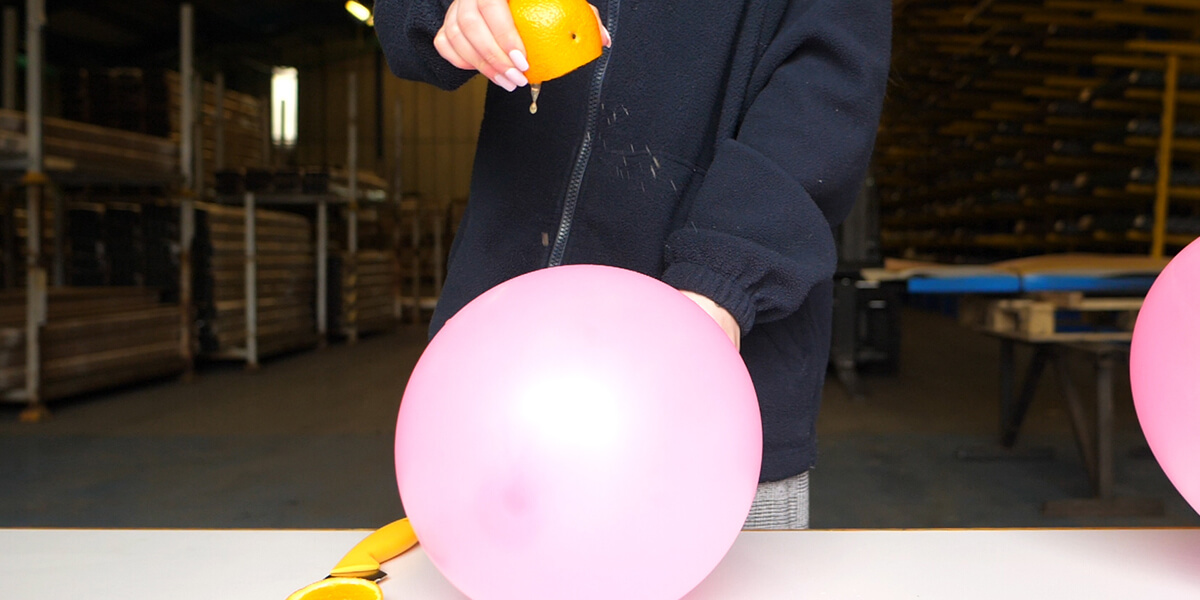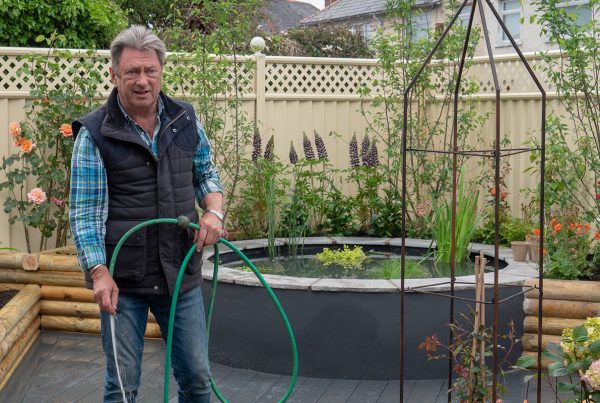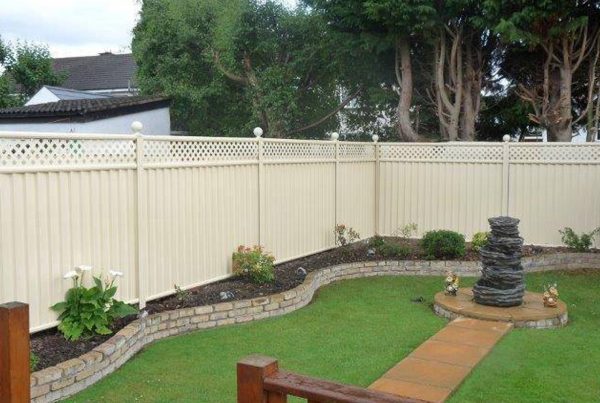This week is British Science Week which continues until the 17th March! If you’ve not heard of it before then British Science Week is a 10-day celebration of science, technology, engineering and maths. Here at ColourFence, we are proud to be made in Britain and we use technology every day in the production of our revolutionary steel fences, so we wanted to celebrate the science behind it all. We decided to honour British Science Week by doing some experiments at our head office, below you can find all the details of how they work and how to recreate them at home with little ones. Please take care if you decide to try any of these experiments at home and ensure that there is adult supervision throughout.

Mentos & Coca-Cola Experiment
This experiment is an extremely popular one! Probably because it’s very easy to do and it’s awfully impressive. We strongly suggest doing this outside in the garden though if you’re going to give it a try because it can get messy. To try this experiment, you’ll need a bottle of Coca-Cola and a pack of mentos. The trick is to put all of the mentos into the coke quickly and then watch as they react together to create a Coca-Cola explosion. According to scientists, this process is called nucleation and it is where the carbon dioxide in the Coca-Cola is attracted to the Mentos, the attraction causes pressure which then causes the fizzy drink to shoot out of the bottle top! You can try this with different fizzy drinks too, so if you give it a go then let us know which one works best for you!
Orange & Balloon Experiment
This next experiment is a pretty cool party trick, similar to the coke & mentos experiment it only requires a few items which can be bought from your local shop. You’ll need a balloon (or two) and an orange to test this trick out. First, you’ll need to blow up a balloon, then cut a piece of orange using a knife (ensure this part is done by an adult). Then, carefully, squeeze the orange over the balloon and be prepared to watch the balloon burst! The way it works is that the Limonene contained within the citrus orange dissolves the latex which then forces the balloon to POP.
Milk, Food Colouring & Dish Soap Experiment
This third and final experiment is another very simple, but equally fascinating, chemical reaction which can be created by everyday household items. You’ll need a shallow plate or tray, 500ml of milk (enough to cover the base of the plate/tray), a few drops of food colouring, and a few drops of fairy liquid. First, pour the milk onto the plate or tray and ensure it has a thin layer of milk, then add little drops of food colouring into the milk (the more colours, the better), finally, drop some fairy liquid over the food colouring and watch as the colours move away from the soap. We used a straw to drop the food colouring and fairy liquid in, but you could use a cotton bud or pipette. The reason why they react is that the milk has fats and proteins in it, but when the washing up liquid comes into contact with the milk it weakens the chemical bonds between the fats and proteins. The food colouring allows us to see the reaction which is happening when the two meet, and it makes for a very interesting galaxy-like show. Fascinating!
We hope you’ve enjoyed reading about these science experiments if you’d like to learn more about the science behind our fences then simply visit our specifications page, or contact us directly and we’ll answer any questions you may have.
You can find us on Facebook, Twitter and Pinterest.



